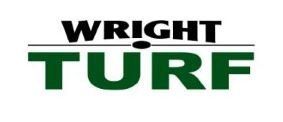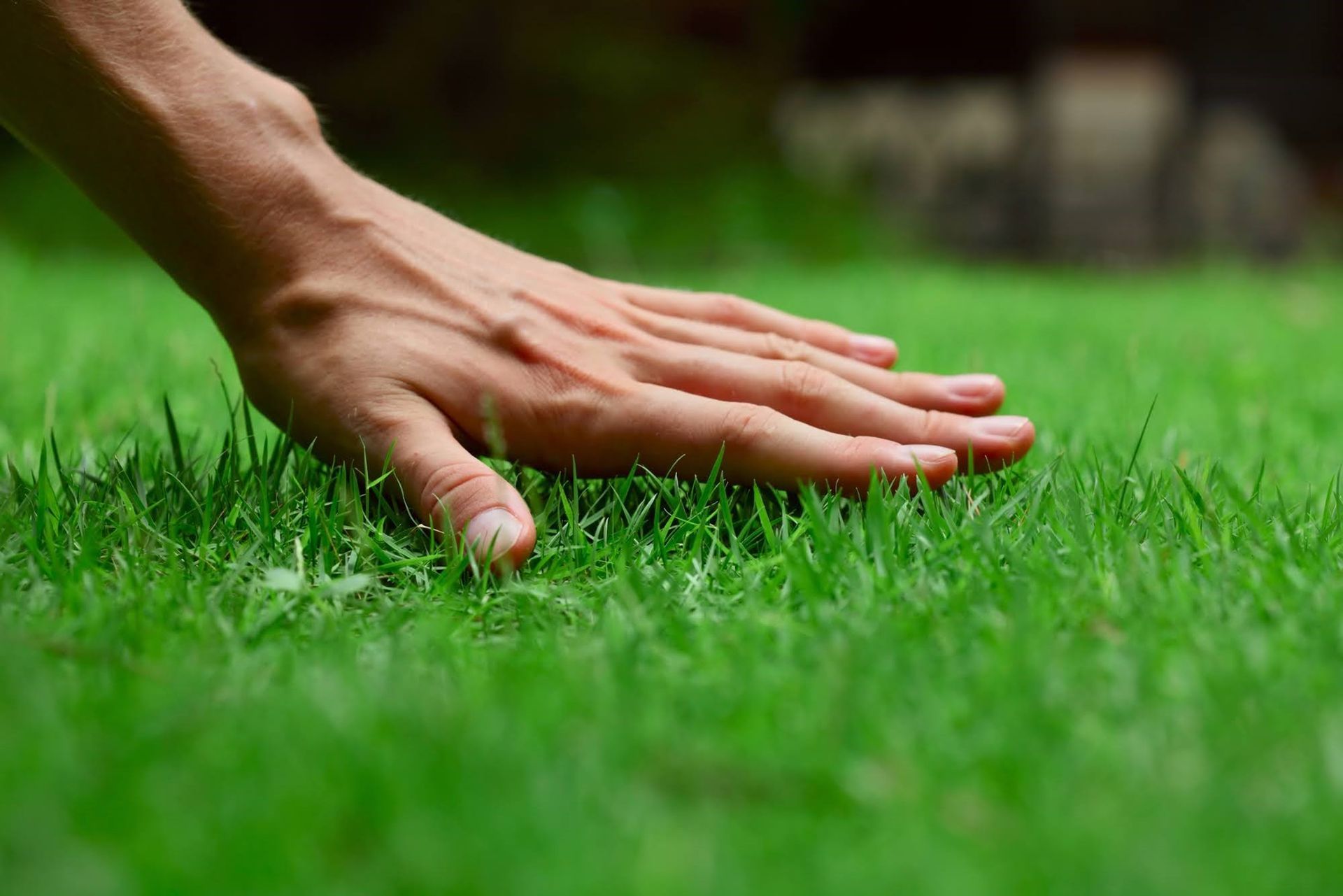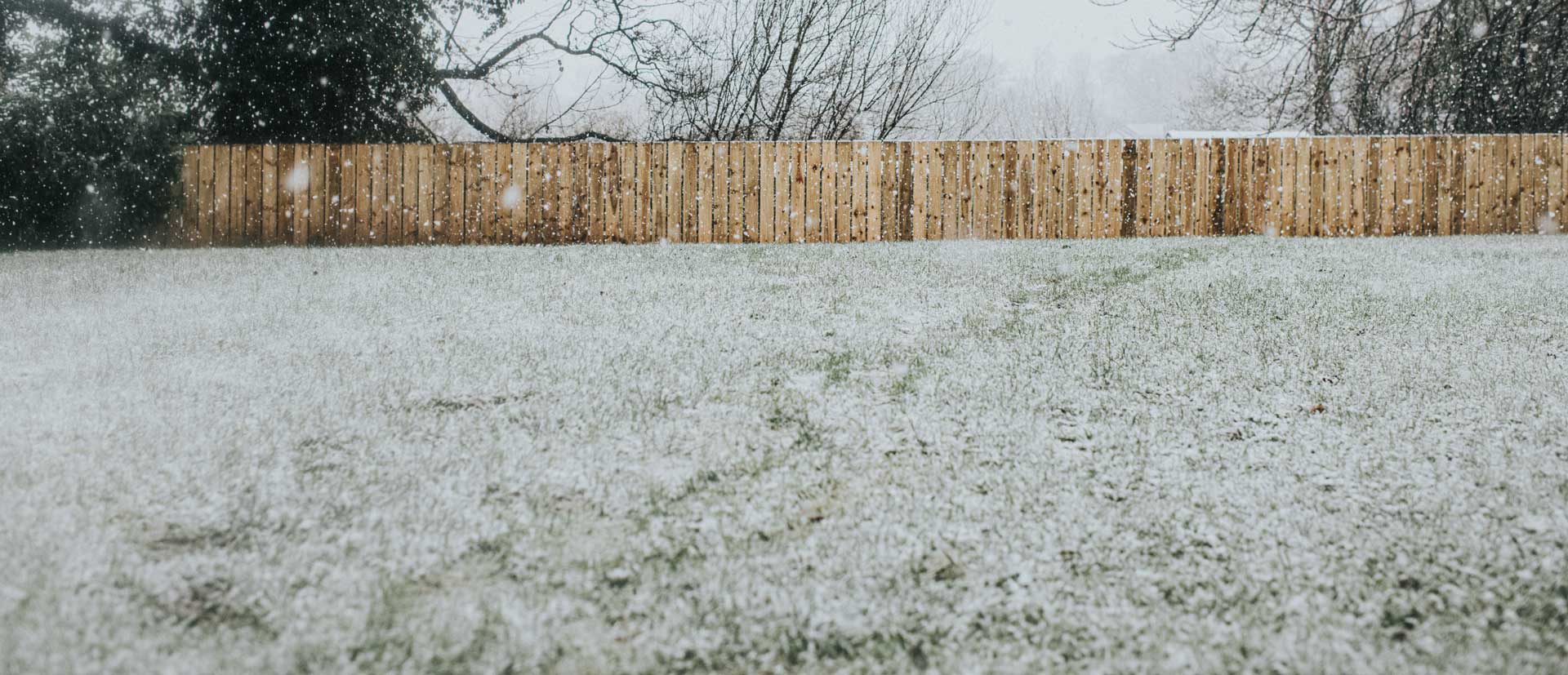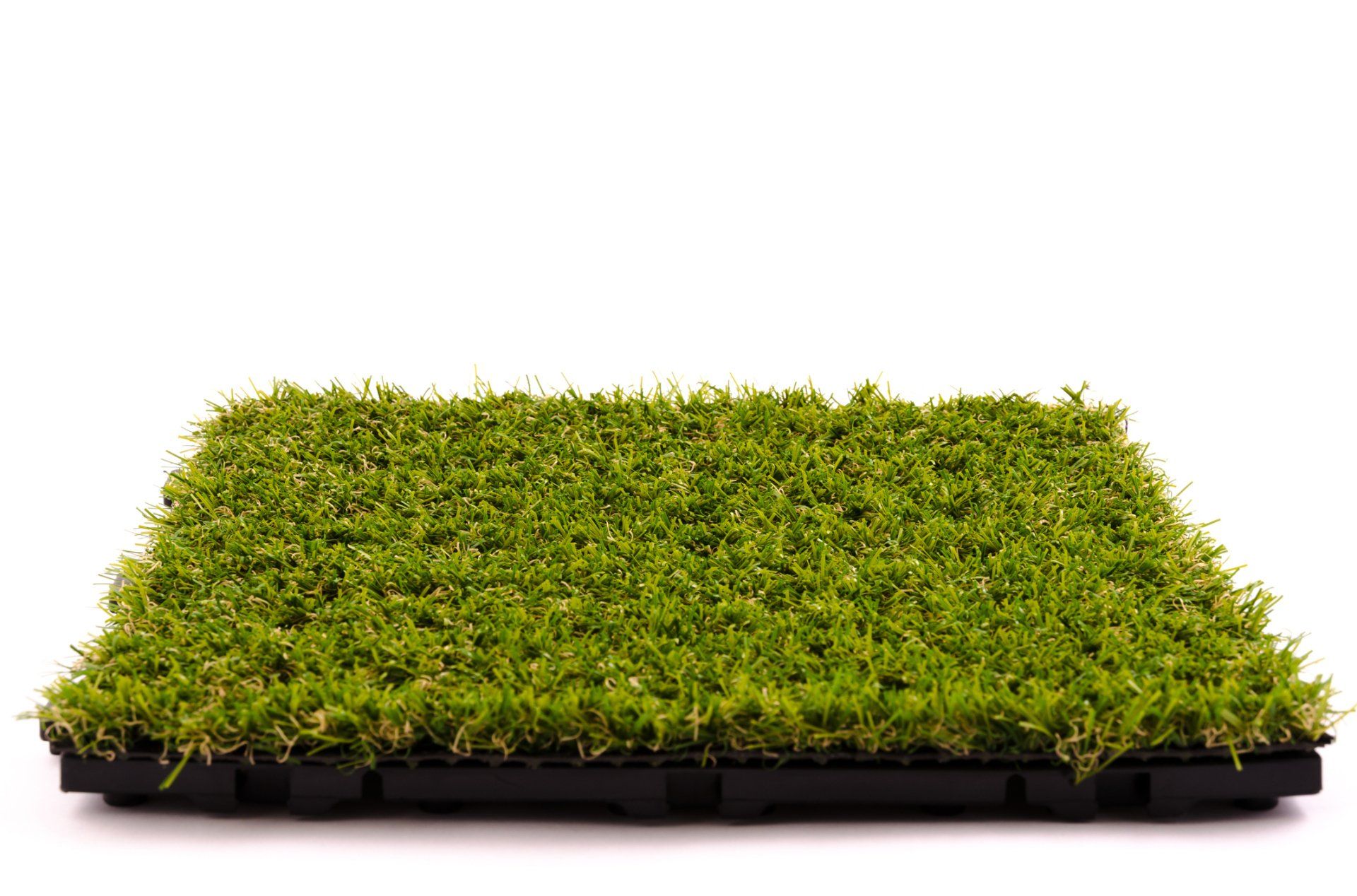5 Biggest Dangers to Your Lawn
- By Admin
- •
- 11 Dec, 2020
- •
Your lawn is an important part of your landscaping because it is one of the first things people see when they drive by or visit your home. Naturally, this makes most homeowners want a beautiful lawn to boost curb appeal. If you are struggling with your lawn or if you just want to know more, check out these five big dangers to your lawn.
1. Weeds
Weeds are problematic because they choke out your grass to make more room for the weeds to spread. Crabgrass and dandelions are two common lawn weeds. Crabgrass looks like patches of thick grass, and it is more common on thin, undernourished lawns. Each summer, the crabgrass develops hundreds of seeds, which further spread the weed.
Dandelions are also found in thin, unhealthy lawns. At first, they appear bright yellow but quickly change to white puffs full of seed that float in the air. As a result, these weeds spread fast. Plus, removing dandelions can be difficult because of their 10-inch-long taproots. If any part of the taproot is left behind, the weed can regrow.
2. Fungus
Fungi is naturally in your lawn, but when the wrong conditions are met, the fungi can start to take over your yard. Common causes of lawn fungus include drought, mowers that cut too close, compacted soil, overwatering, and humidity. Identifying lawn fungi can be difficult if you don't know what you're looking for.
Instead of mushrooms, look for patches of discolored or dead grass. The spots may look white, yellow, gray, black, red, and orange. You may have coatings on the grass that look like powder or strings. Some fungi can even make the grass look greasy or slimy.
3. Moss
Moss may start to grow on a lawn that is thin or has bare spots. Typically, lots of moss growing in your lawn means it has an underlying condition such as compacted soil, poor drainage, or inadequate sunlight.
Moss doesn't take over the lawn - it just fills in bare patches. This can make your lawn look healthier at first glance, but moss absorbs and holds water well. Therefore, too much moss could steal water from your grass, leading to dead grass and bare spots that allow for more moss growth.
4. Dog Urine
Nitrogen is an important ingredient in fertilizers. However, dog urine also contains a lot of nitrogen - too much nitrogen. As a result, dog urine can overfertilize your yard, causing yellow and brown spots to appear. Female dogs tend to cause more damage because of how they squat in one spot to urinate.
Ideally, you can train your dog to urinate somewhere other than your lawn, but even if your dog does pee on the lawn, make sure to water it right after to wash away the urine and nitrogen. You may also want to choose a grass that is good for dogs, such as Fescue and perennial ryegrass instead of Kentucky Bluegrass and Bermuda grass, which are more sensitive to urine scald.
5. Shade
Grass is a plant, and like any plant, it needs air, water, nutrients, and sunlight to really thrive. Therefore, too much shade can destroy your lawn. One way shade ruins your lawn is by preventing sunlight from reaching the grass. As a result, the grass starts to grow longer and thinner to try and reach the sunlight, which increases the risk of weeds and moss taking hold of the bare spots.
Shade may also limit the amount of water from reaching the grass. Even if water and nutrients do reach the ground, however, nearby trees that cause shade may steal most or all of the water and nutrients, leaving the grass to struggle to survive. If you have lots of shade, look for a grass that does well in shade.
Many factors can affect the health and beauty of your lawn. In some cases, fixing the problem may be as easy as trimming a few branches, but in other situations, you may need to fully replace your grass with a new species. If you would like to know more, contact us at Wright Turf Farms.










